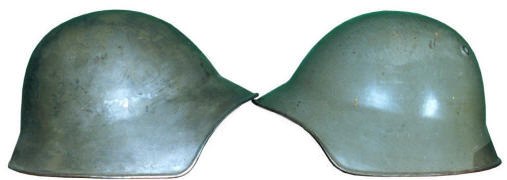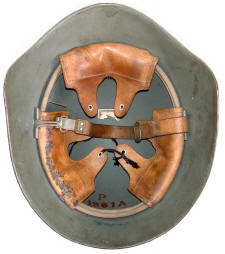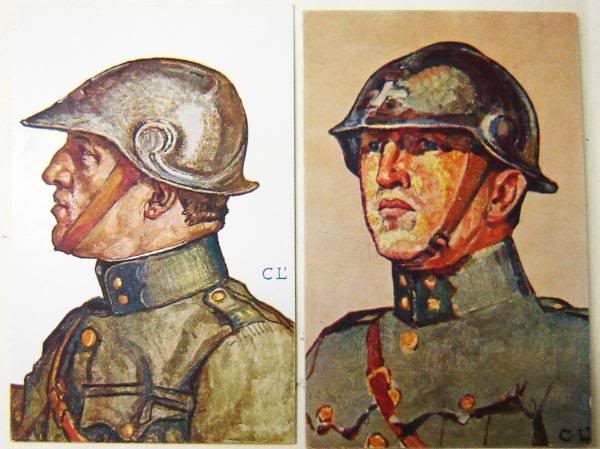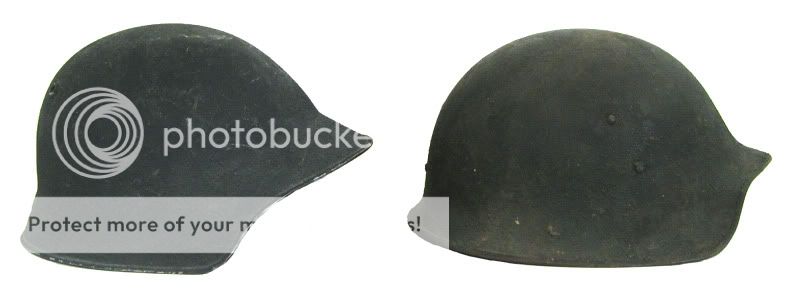ww1czechlegion
Well-known member
Here's a rare U.S. Experimental #5 Helmet in spectacular condtion. It's absolutely one of the nicest one's I've ever seen! It even has mud splotches on the almost perfect paint of the exterior. The painted exterior is almost perfect, and the liner shows little wear/use. I used to have one of these and sold it back in '98. Wish I had my old one back, even though it wasn't quite as nice as this one.
These helmets were found to look too much like the German M-16 Helmet (obviously). They are also very similar to the Swiss Helmet of the same time period. I believe Bashford Dean's book says there were ? 1,200 or 2,000 produced? if I remember.
Enjoy!
Alan Schaefer
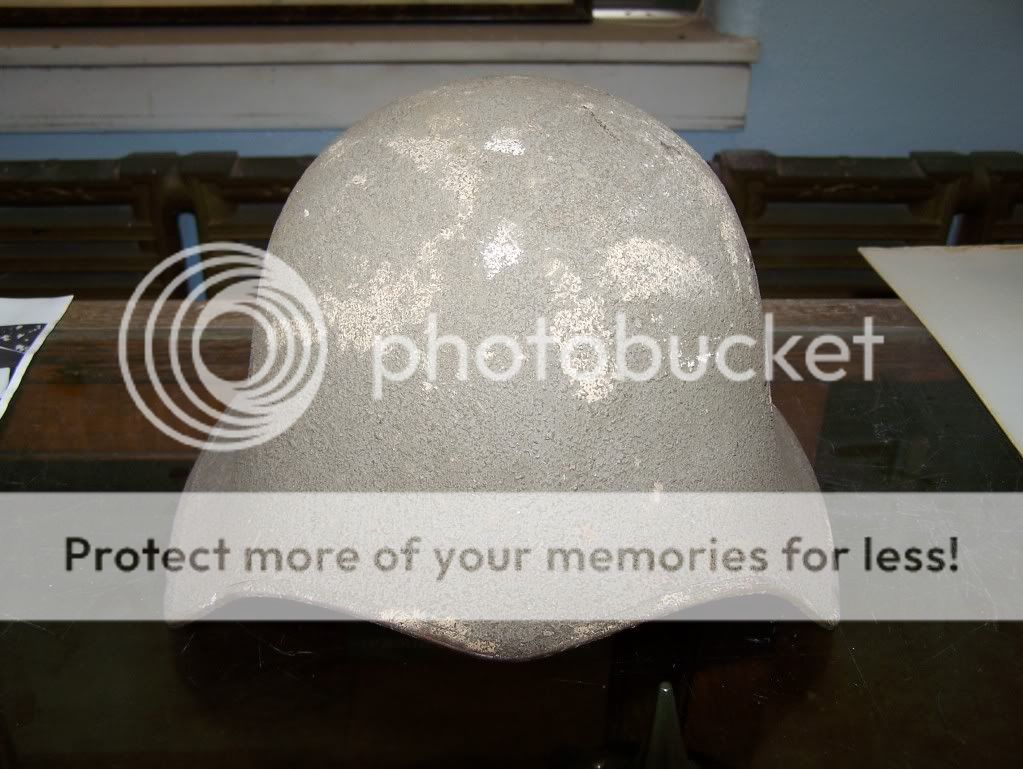
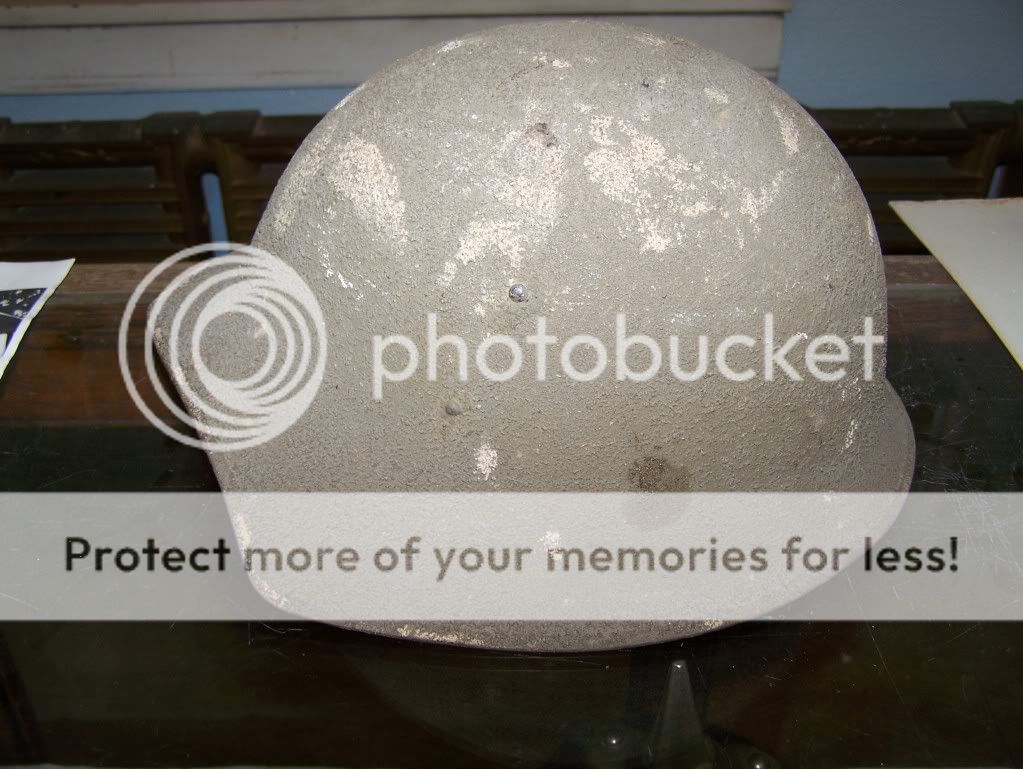
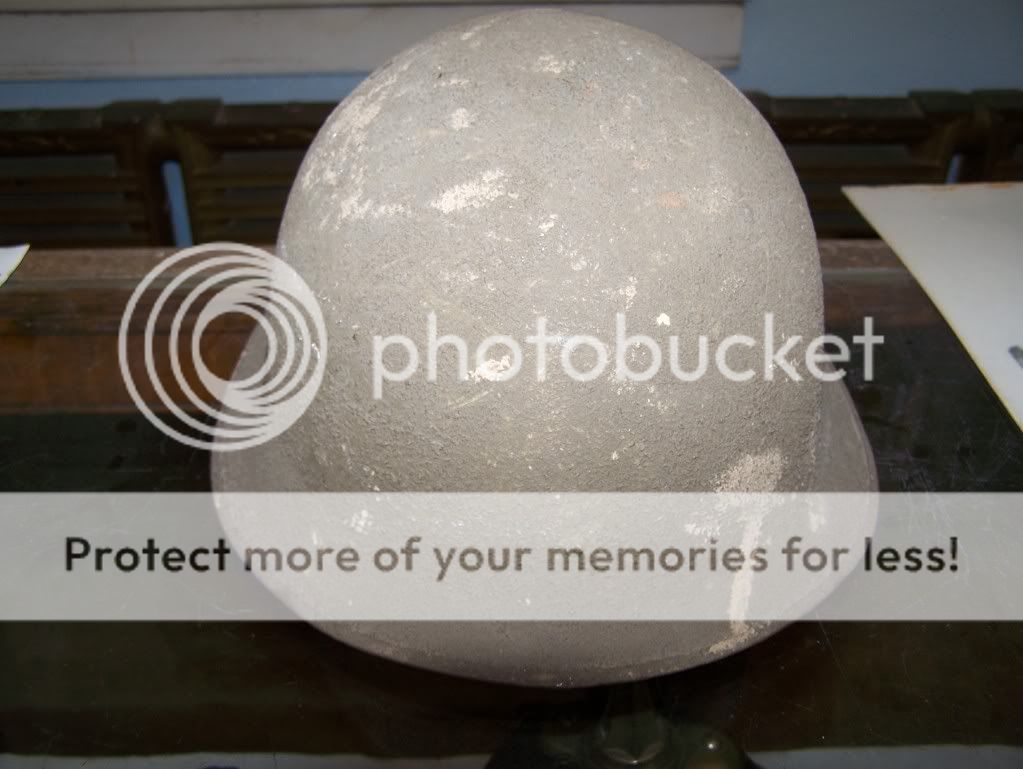
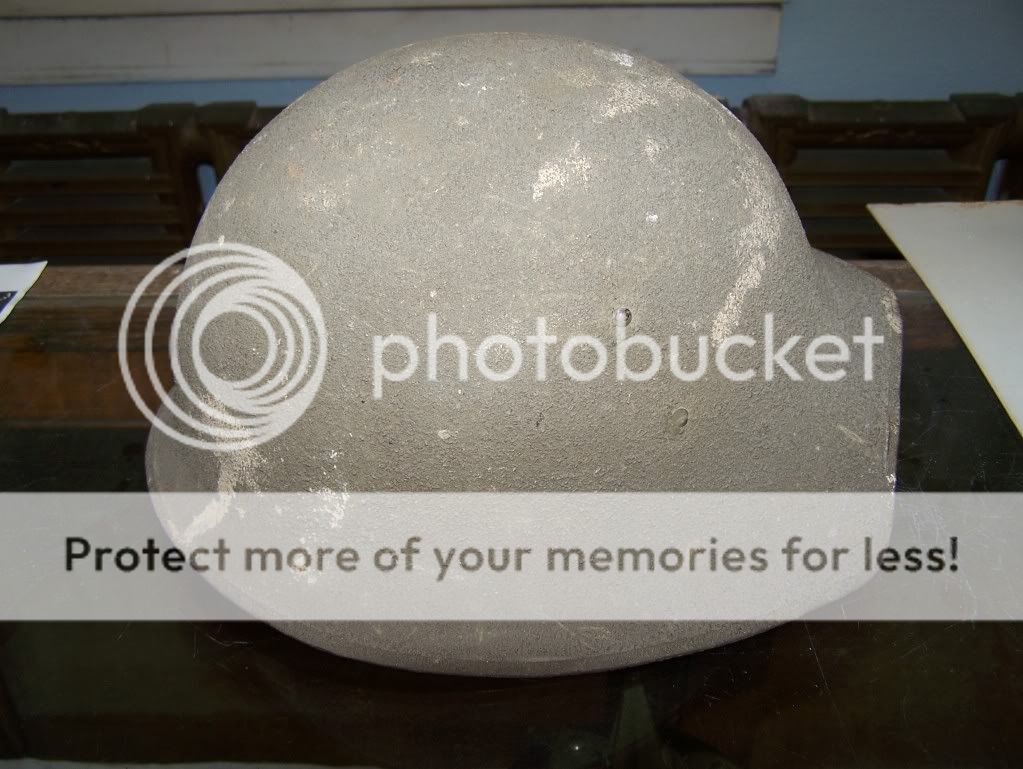
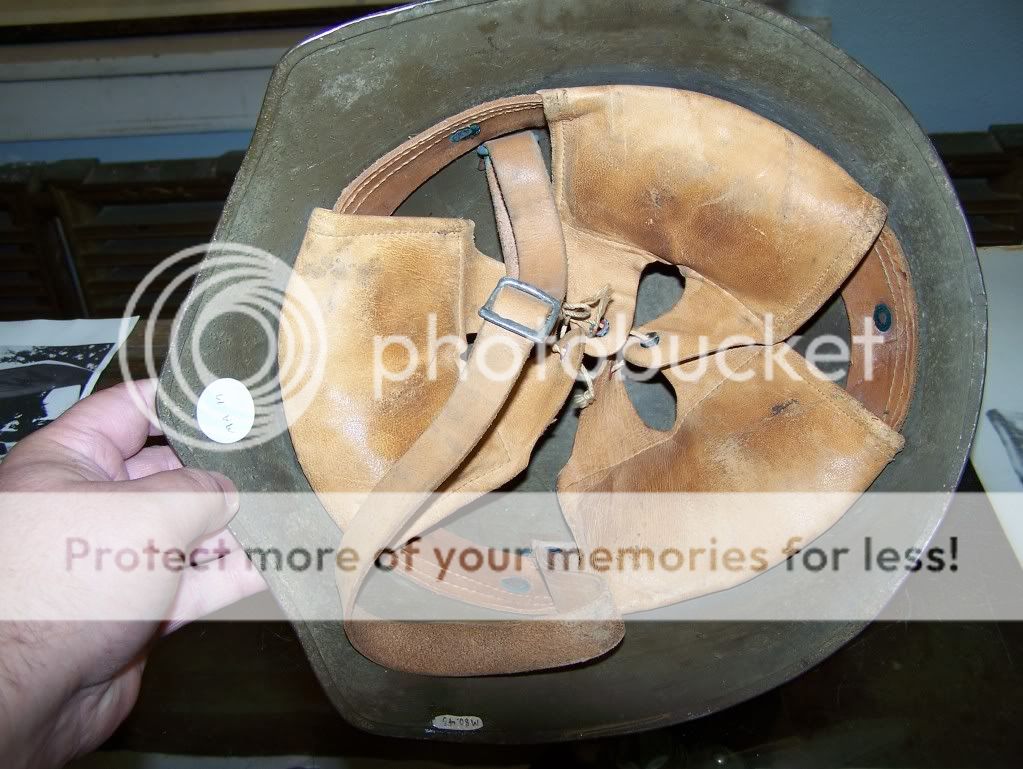
These helmets were found to look too much like the German M-16 Helmet (obviously). They are also very similar to the Swiss Helmet of the same time period. I believe Bashford Dean's book says there were ? 1,200 or 2,000 produced? if I remember.
Enjoy!
Alan Schaefer






